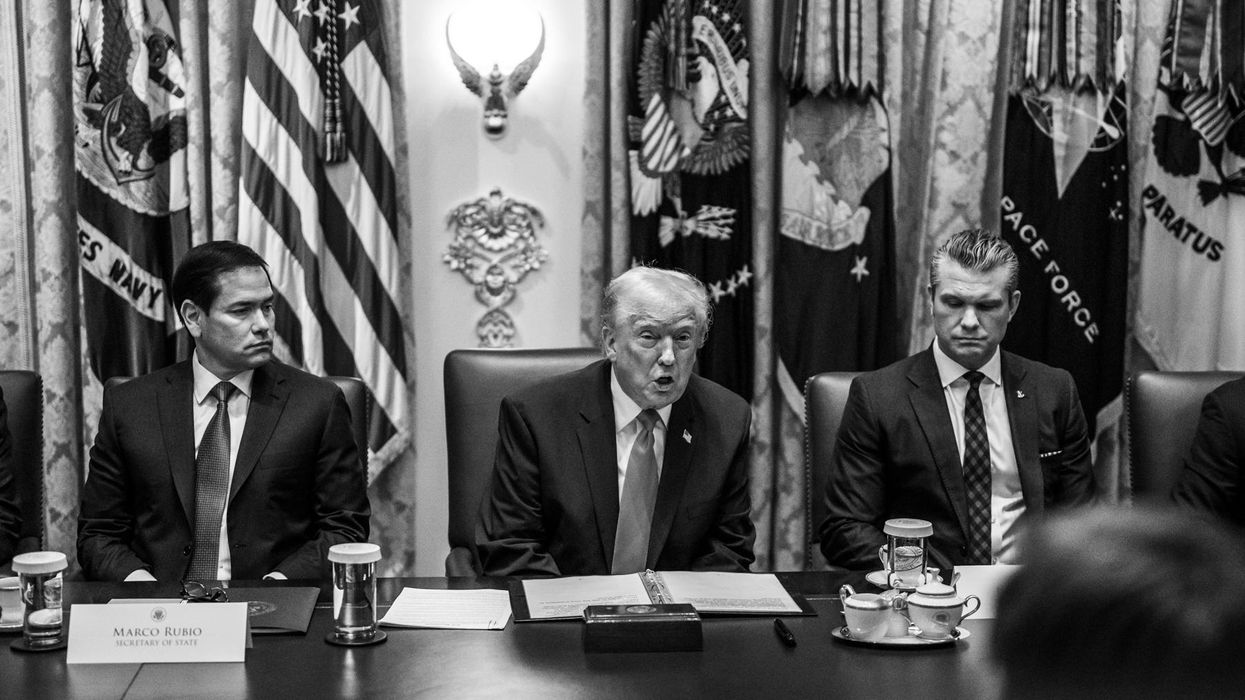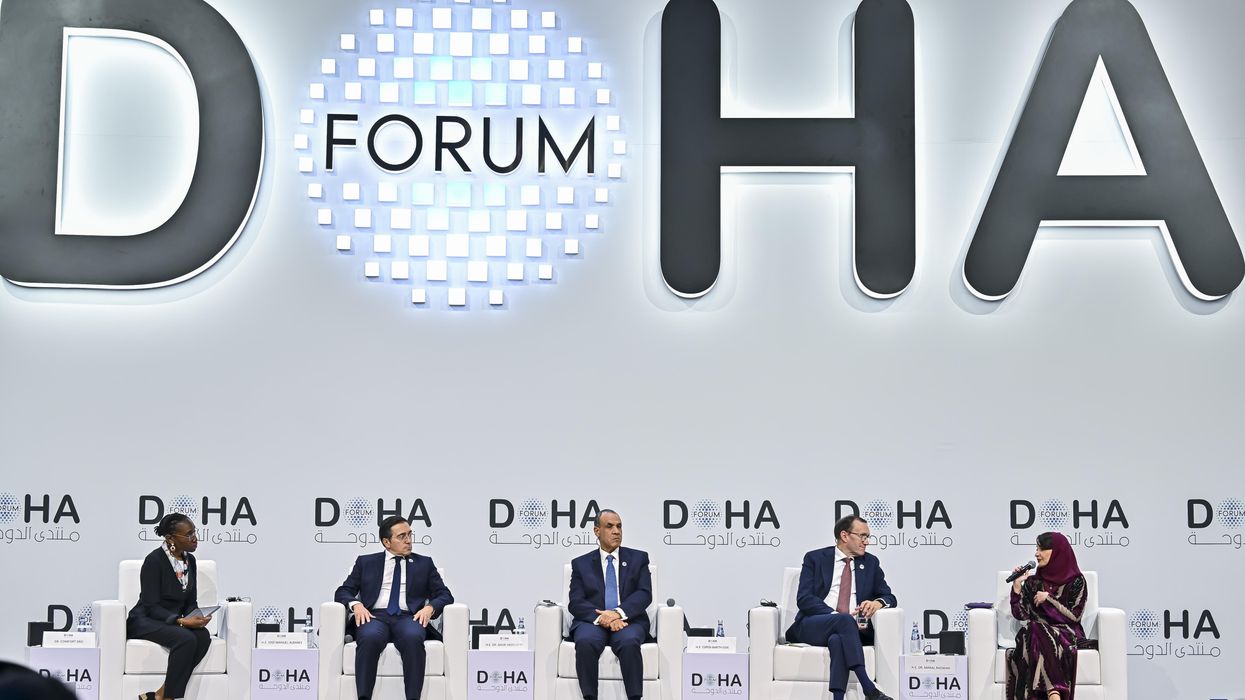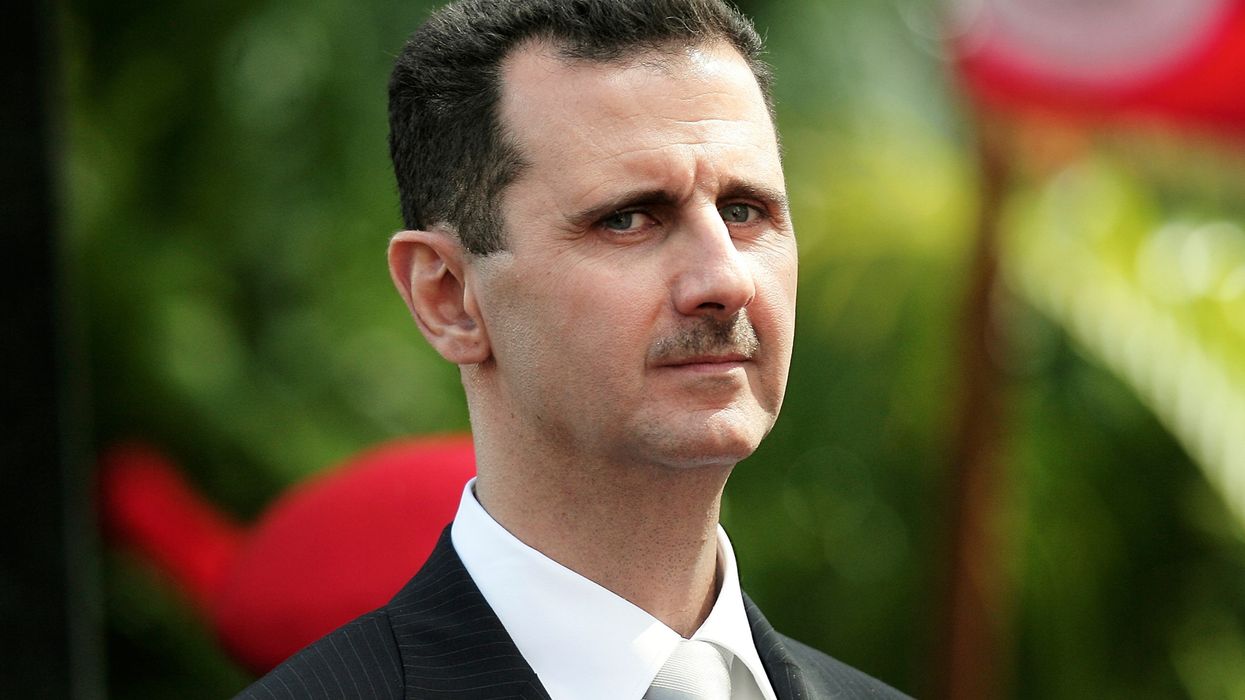If you visit the State Department’s Iran page, you’ll see an ominous clock counting down the days, hours, minutes, and seconds until the expiration of the United Nations arms embargo on Iran. The clock, and the embarrassing propagandistic script that accompanies it, reflects how far the State Department has fallen from the days when it laboriously worked to craft a deal to constrain Iran’s nuclear program and open a window to resolve additional longstanding concerns with Iran’s regional activities. In the absence of a similar, serious diplomatic effort with Iran, the Trump administration is literally counting the seconds until it can pin further blame on the Obama administration for its own diplomatic failures.
2020 will be a critical year for the Iran nuclear deal, also known as the Joint Comprehensive Plan of Action (JCPOA). Since the Trump administration withdrew from and violated every one of its sanctions lifting obligations under the accord, and then added fuel to the fire with more extreme sanctions a year later, Iran has halted compliance with all of the JCPOA’s key limits.
Amid the deal’s implementation, Iran was barred until at least 2030 from producing sufficient low enriched uranium that — with additional enrichment — would be enough for a single nuclear weapon. Now, Iran has surpassed that key milestone once again, but at least a decade sooner than it otherwise could have. It’s important to note here that a key argument (however much in bad faith it was) from the deal’s opponents was that these limits would expire in 2030. Yet we hear nothing from them now as the policies they advocated have in effect shortened that timeline up by 10 years.
Similarly, whereas Iran was limited to uranium enrichment at a single facility under the nuclear deal, Iran has resumed enrichment at the deeply-buried Fordow facility. Additional reports that Iran is stalling an IAEA investigation into prior military dimensions of Iran’s nuclear program are deeply concerning. Outside of the deal though, the U.S. has little leverage to convince Iran to cooperate — Iran is being sanctioned whether or not it complies with the important investigation.
If this weren’t enough, there is a growing push in far-right circles for the Trump administration to collapse the deal outright in the coming months. Hawks like Sens. Marco Rubio and Ted Cruz know that if the framework of the accord is allowed to limp on to November, they may not get another chance to destroy the accord they vowed to rip to shreds had they been elected in Trump’s place.
A successor Democratic administration would almost certainly seek to return to the JCPOA rather than inherit the Trump administration’s failed pressure policies, including a renewed nuclear crisis in the Middle East. Even President Trump, freed from electoral constraints, might be willing to discard his pressure playbook in favor of a diplomatic one to prove that he can outdo President Obama’s deal.
Hence the increasing focus on the United Nations, and the arms embargo expiring in October. The American Israel Public Affairs Committee (AIPAC) had two key asks of legislators on Iran at its annual conference and lobby day earlier this month. Both pushed the Trump administration to extend the arms embargo on Iran indefinitely, framing the embargo as vital to national interests.
Each vehicle — a letter in the House and resolution in the Senate — are poised to gain significant bipartisan support because they skirt around the central question: Whether or not the Trump administration will try to collapse the JCPOA at the United Nations Security Council. However, when the Trump administration inevitably loses a push to extend the arms embargo in the face of a Russian, Chinese, or European veto, the question of “what next” will quickly come to the fore.
The U.S. could easily allow the U.N. arms embargo to lapse, while relying on numerous powerful sanctions tools to deter nations from sending significant arms to Iran. The U.S. Congress actually passed new sanctions mandating such penalties as recently as 2017, reflecting an expectation that the embargo would eventually lapse.
However, the U.S. could also pursue a more radical move, though it is one that could be stymied by other world powers. If a JCPOA participant triggers snapback of all United Nations sanctions on Iran, the arms embargo on Iran along with an array of other U.N. Security Council resolutions that had been suspended under the JCPOA would be reimposed. Critically, no single nation could veto such a maneuver.
Doing so would be a dramatic escalation, ending — at least temporarily — the JCPOA framework and with it opportunities to reopen diplomatic windows with Iran. Iran would likely follow the path of North Korea, exiting the Non-Proliferation Treaty and kicking out IAEA inspectors who continue to intrusively monitor nuclear facilities in Iran.
Even worse, that could prompt a disastrous and costly war that, short of occupation, would only incentivize Iran to seek a nuclear deterrent. Just getting back to the negotiating table would take profound effort and up-front concessions.
There is, however, a big catch. Under the text of the nuclear accord and the U.N. resolution endorsing it (UNSCR 2231), only a JCPOA participant is allowed to trigger the U.N. snapback that inverts the traditional rules of the U.N. Security Council. Given that President Trump announced the U.S. withdrawal from the accord on the advice of then national security adviser John Bolton, the U.S. no longer has a credible claim that it is a JCPOA participant that can trigger U.N. snapback. To further muddy the picture, however, the administration has asserted to the contrary that it has a “legally available” argument that it can trigger snapback.
As is the case with all of Trump’s self-inflicted crises, a big mess would unfold if the administration goes down this route. The only certainty is that the U.S., and the U.N. Security Council as a whole, would lose a great deal of credibility through the whole bad-faith affair. Moreover, there would almost certainly never again be a snapback provision that inverts the rules of the U.N. Security Council in any future accord, which the Obama administration somehow convinced Russia and China to sign off on in the first place.
The further we get from mutual U.S. and Iranian compliance with the JCPOA, the more there is to appreciate about it. The U.S. and Iran did not routinely walk to the edge of a disastrous regional war amid implementation of the JCPOA. In fact, the U.S. and Iran loosely coordinated through the Iraqi government to retake territory from a shared enemy in ISIS. With sanctions lifted, the Iranian people turned out to elect reformist-backed candidates that supported internal and external moderation in 2016 and 2017. Iran was also able to import key medical devices and supplies without significant hindrance. Now, hardline and repressive forces are dominant in Iran’s political sphere, and sanctions decimated Iran’s public health sector in the lead-up to the coronavirus outbreak.
2020 is an inflection point. The forces that have sabotaged the JCPOA, with only disastrous outcomes to show for it, may get their wish and kill the accord for good. Or, the danger could pass, with President Trump taking a diplomatic off ramp or a successor administration returning to the nuclear deal. Any efforts that don’t increase the likelihood of a diplomatic pivot must be firmly avoided, lest they feed into a campaign that ends in war and further needless suffering for the Iranian people.
















